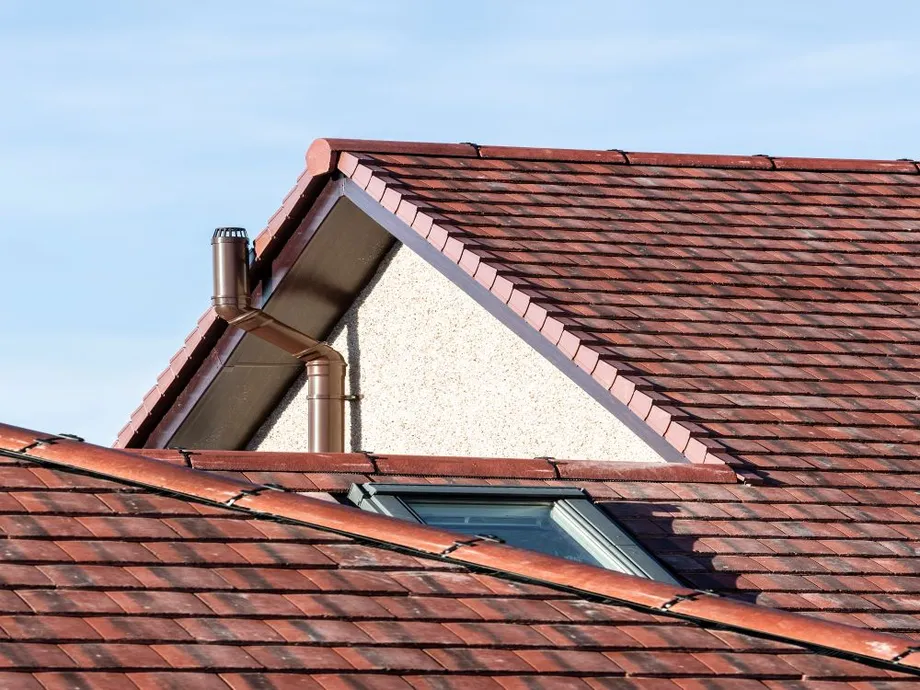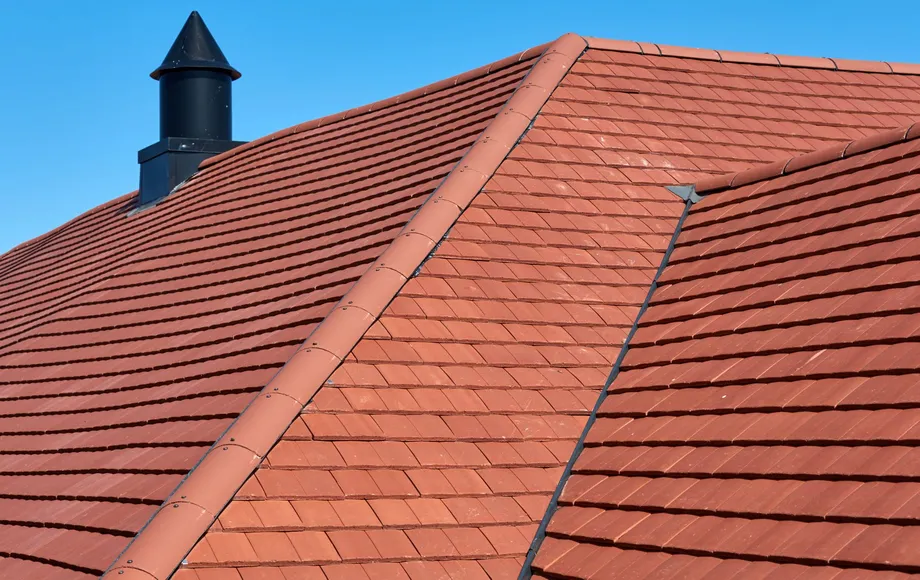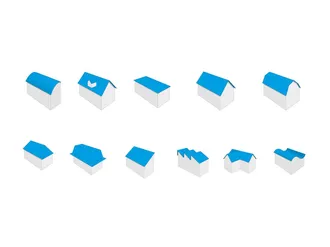Our country pages
Africa
Europe
Search
Order a sample
You can order up to 3 free sample tiles.
We'll aim to deliver your sample order within 5-7 working days from your order date.
Concrete tile History and heritage

Where did it all begin?
Concrete tiles are used on around 60% of all pitched roofs. Concrete is the most common roofing material used in the UK and the earliest concrete roofing tiles were made using hand- or semi-hand-operated -machines. The first power-driven tile-making machine, known as the Ringsted, was developed in Denmark (then patented in the US) in the early 1900s.
The concrete tile was originally introduced to the UK in the 1920s but was not particularly popular. However, after World War II, an extensive rehousing programme was started, causing demand for concrete tiles to rapidly increase as the government pushed forward an agenda of rapid house building.
Manufacturers in Britain began investing in methods for faster, more automated production methods for concrete tiles, and it is well known in the industry that the Redland 49 tile was the most popular choice and widely referred to as ‘the tile that re-roofed Britain’. Its low profile and ease of installation made it a favourite choice for roofers and has ensured the tile’s lasting popularity for over 50 years.
Jump to section
Why was concrete so important?
Why was concrete so important?
In a period of scarcity and need following WW2, the ability to rapidly manufacture more affordable homes was everything. Concrete is cheaper to manufacture than clay and offers similar durability. Concrete is made with just sand, cement and water and is less prone to delamination in the changeable UK weather and temperatures – making it perfect for roofing British homes in a quick and efficient manner.
This relatively simple construction process, longevity and affordability has ensured that concrete roof tiles have remained popular in the UK since WW2. Modern homes that wish to replicate heritage roof tiles are often specified with concrete tiles.

Innovating for the future
Innovating for the future
Like concrete once helped shape the future of roofing, there are new technologies in development that may change the future yet again over the next 50-100 years. Improvements in glass, polymer, and smog-absorbing tiles may change the shape of roofing, and eco-friendly materials will also become prevalent in the future.
As Europe aims to become a carbon-neutral society by 2050, sustainably-sourced materials will become more important, and energy-producing tiles could be another development in the years to come.



